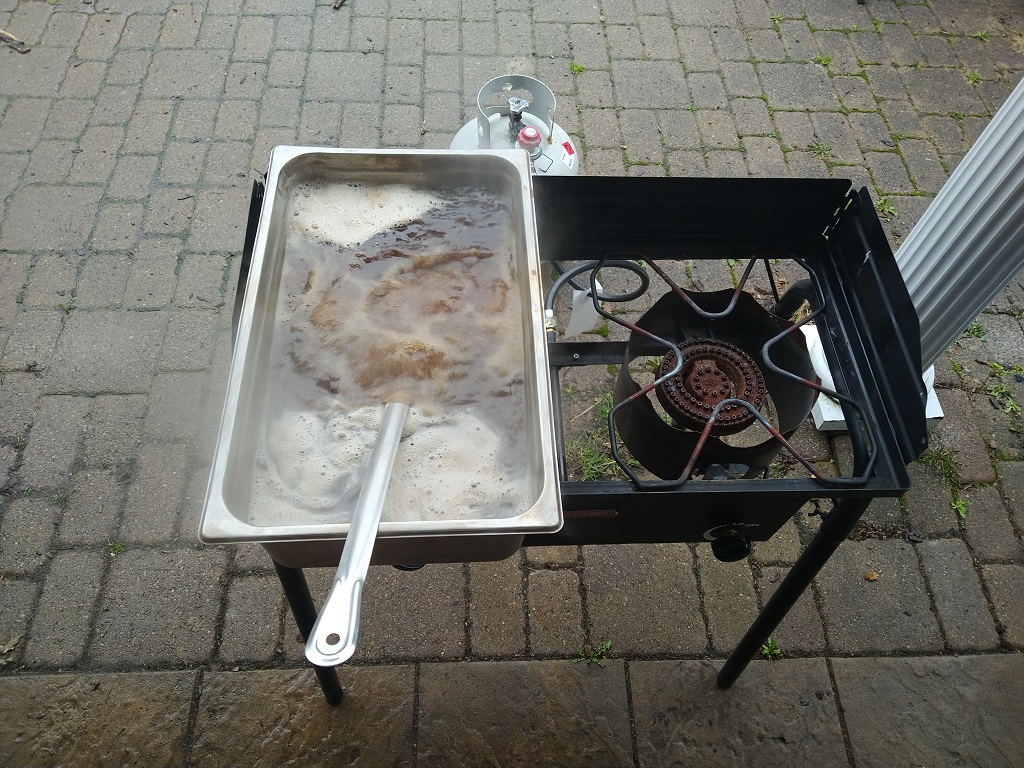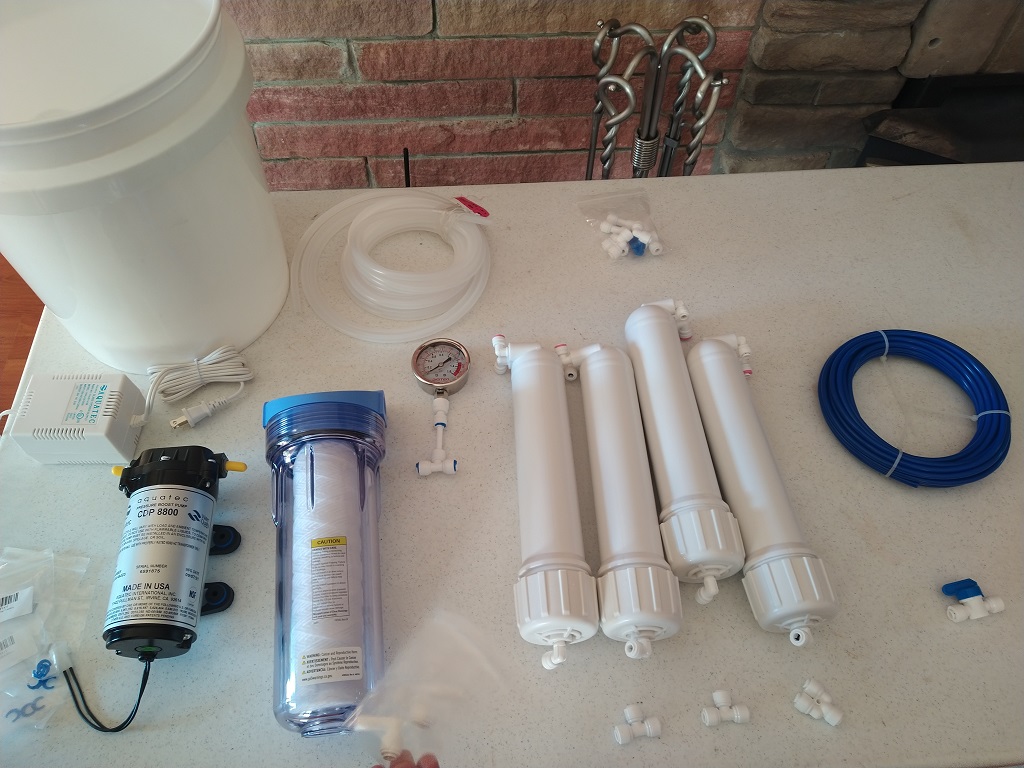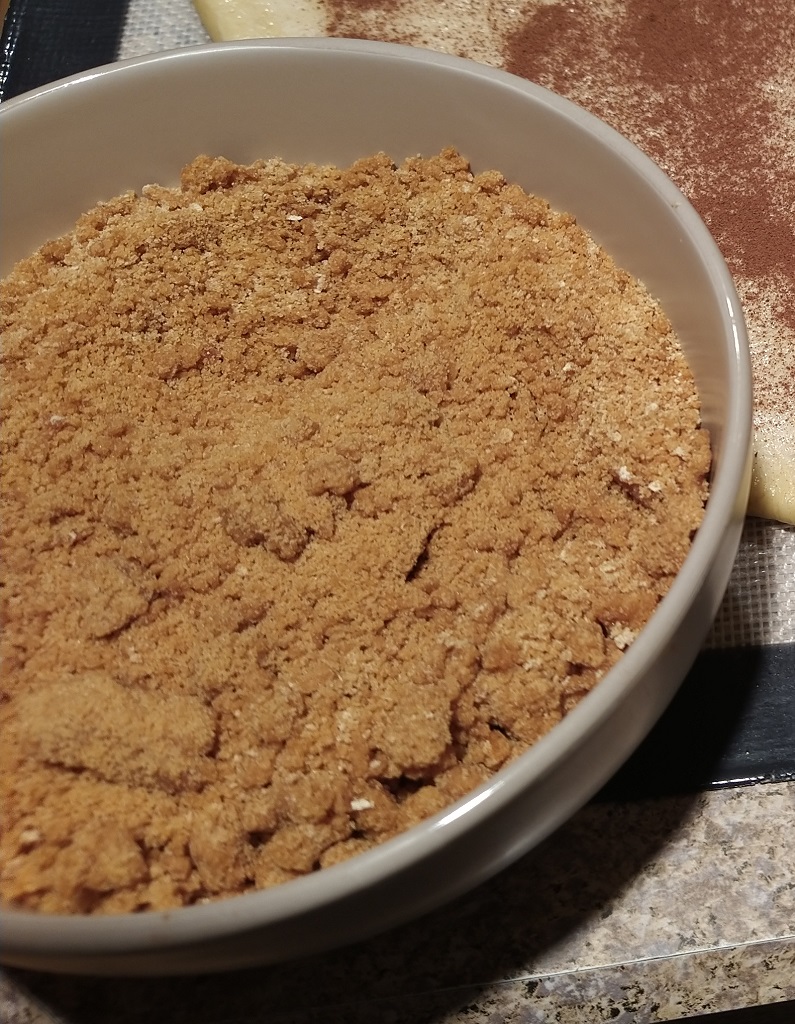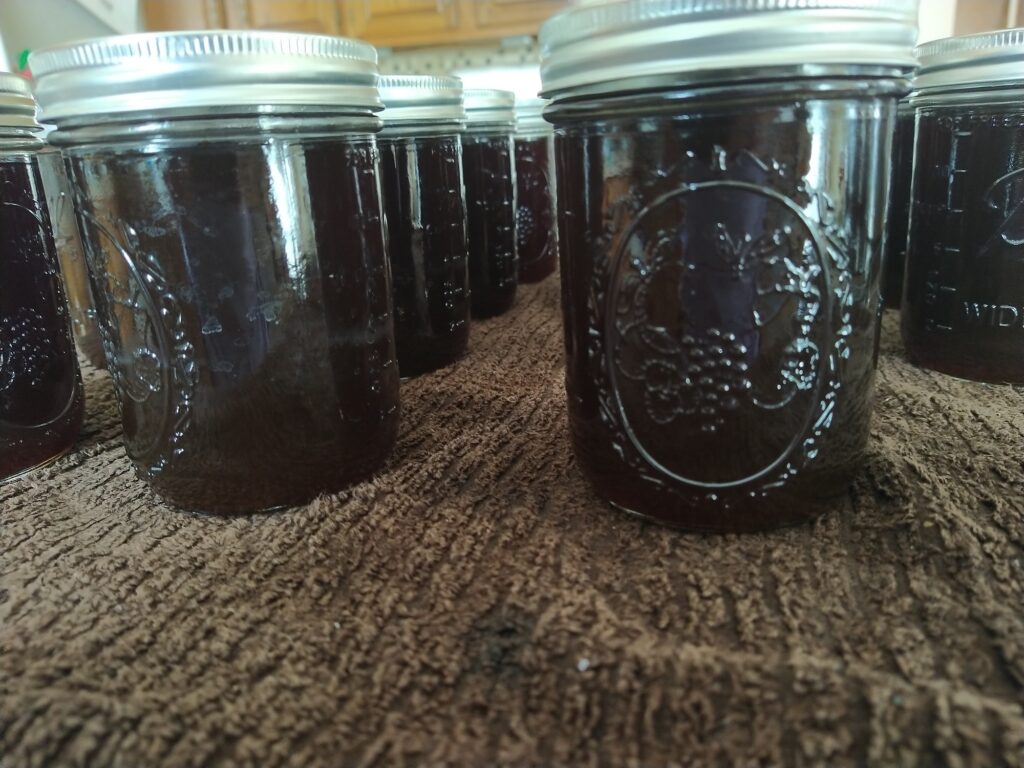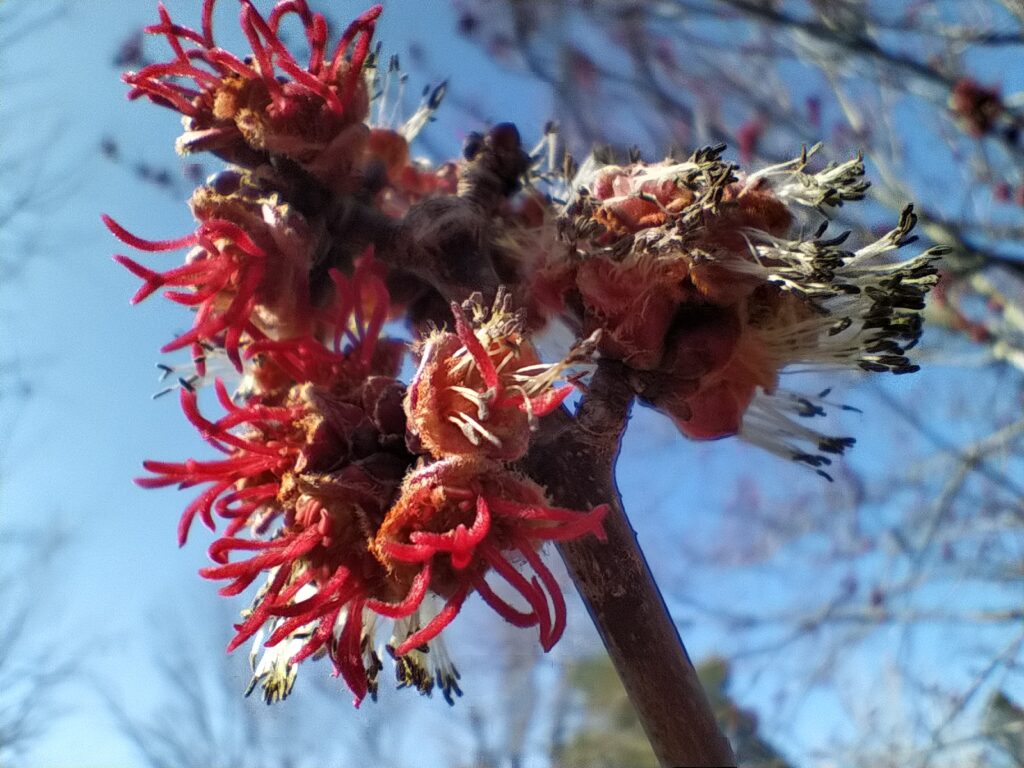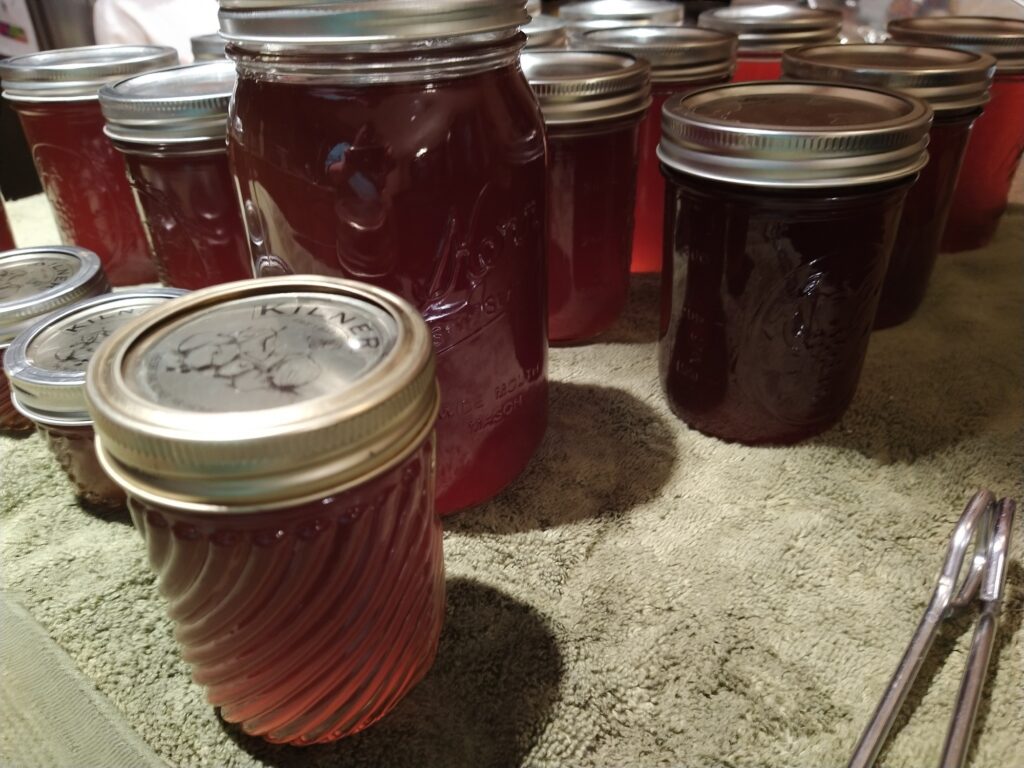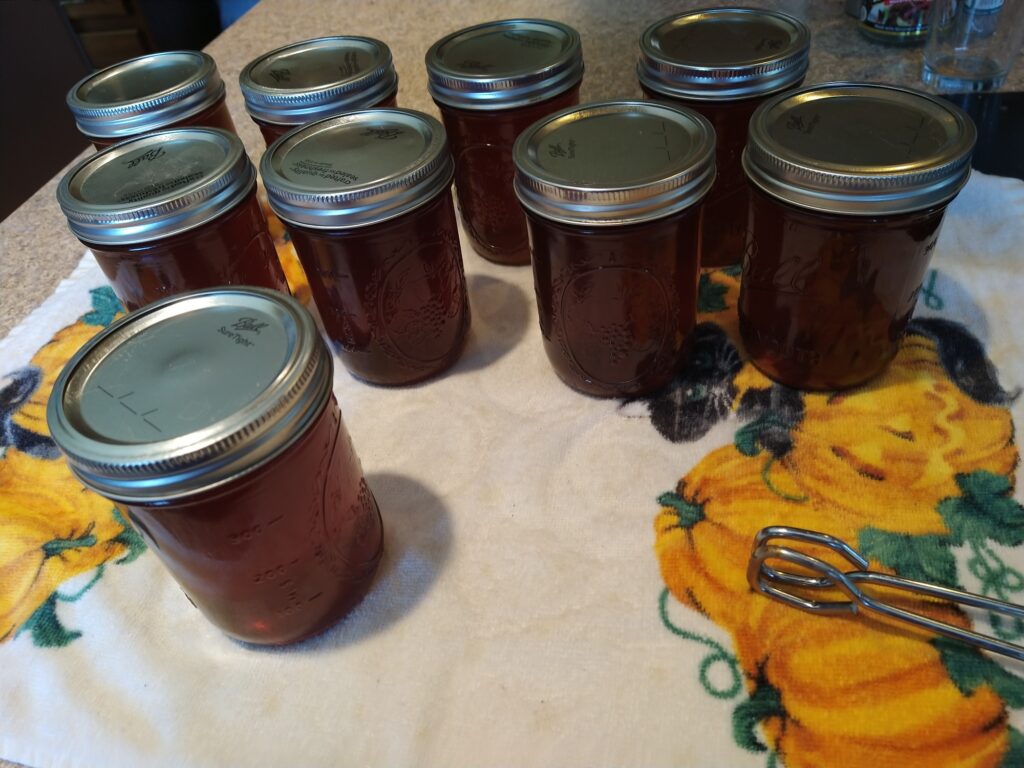Well, the 2022 maple season is over — I think our taps have dried up because we’ve had a few freeze/thaw days and haven’t really yielded an appreciable amount of sap. We only got like 2.5 gallons of syrup this year — much less than expected … and we need to be ready to tap in January next year when the first week of freeze/thaw hits. While I love the flavor of late-season syrup, we’re getting way too many warm days in March for good sap production.
Tag: maple
2022 Maple Season
We’ve been running the reverse osmosis system at about 95 PSI and concentrating the sap from around 2 percent to 7-8 percent. That’s a lot of water being pulled out (and the water tests at 0 … so we’re not wasting a statistically significant amount of sugar in the filtering process).
Reverse Osmosis Maple Sap Stats
We collected nine gallons of sap with SG of 1.009 = 2.3 Brix
We ran all of the sap through the reverse osmosis system at 60psi and had sap with SG 1.011 = 2.8 Brix
We ran the concentrated sap through the reverse osmosis system a second time, this time at 80psi and had sap with SG 1.022 = 5.6 Brix.
The “pure water” output SG was about 1.003 — we re-ran this through the RO as well.
At the end of the day, we have about 4 gallons of sap at 5.6% sugar, another gallon from the “pure water” run that’s a lower SG, and four gallons of water that’s removed.
Notes for the future:
- We want to see what a single pass at higher pressure does — is it multiple passes that farther concentrated the sap or the higher pressure?
- We took SG readings and converted to brix using an online converter. Next time, we should just take the readings in Brix 🙂
- We might need a different refractometer to get accurate readings near 1 … not sure how accurate our tool is at the low end of the range.
Maple Syrup Reverse Osmosis Build
Maple Butterscotch
The maple butterscotch topping I made for Scott’s cake was quite simple — 2/3 cup of heavy whipping cream, 4 Tbsp butter, and 1 cup of maple syrup. Melt the butter in a pan, then mix in the whipping cream. Add maple and boil until it’s really bubbly — sauce will thicken on the back of a spoon when it cools.
Maple Sugar
I made maple sugar for cinnamon rolls — pour a bunch of maple syrup (a pint, in this case) into a pot. Preferably a pot with high walls so the whole thing doesn’t bubble over in a hot, sticky mess. Over medium heat, boil for 15-20 minutes. It’ll foam up a lot, and all of a sudden it will crystalize on top. Pull it off the heat and stir to break up the hardened maple.
